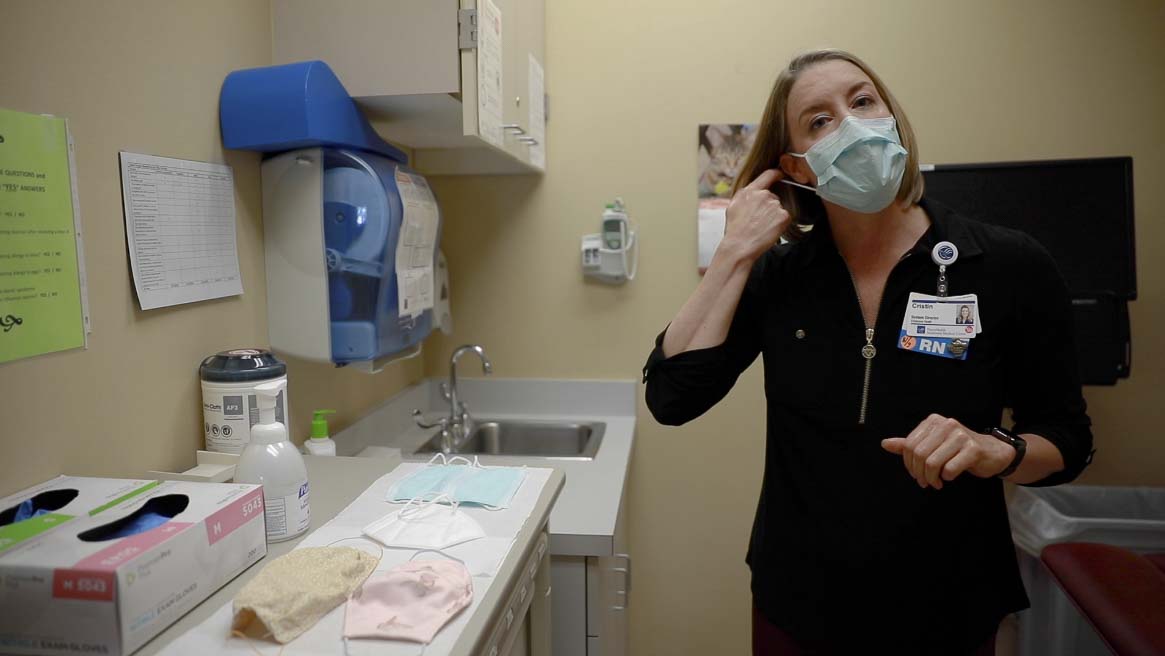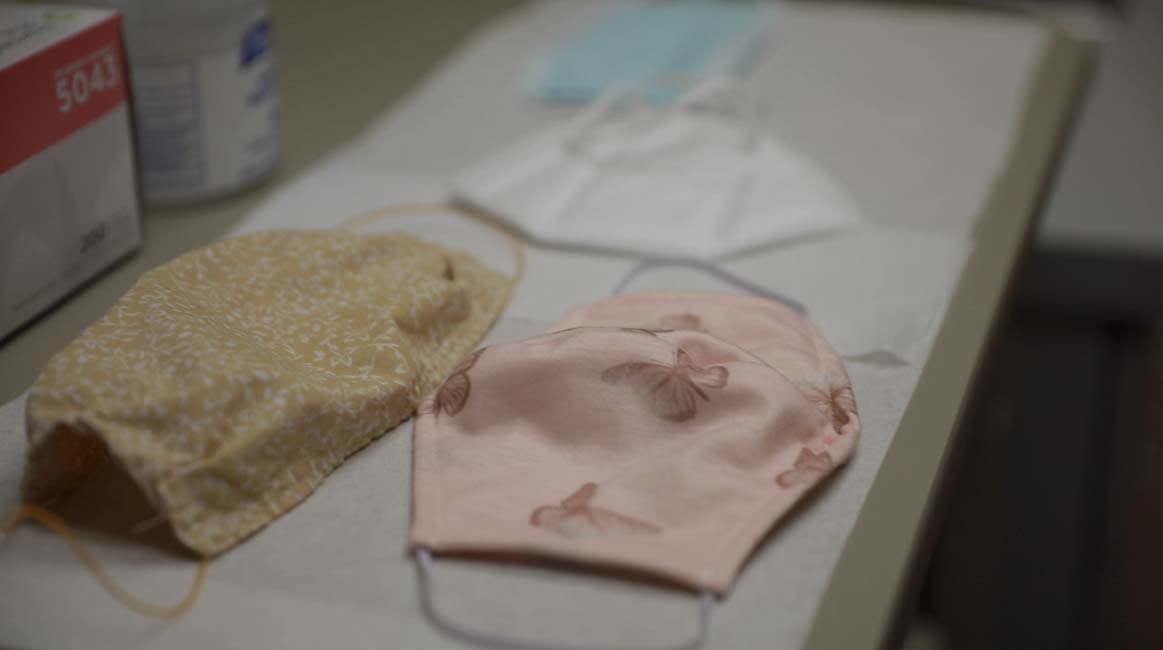PeaceHealth Southwest official explains best practices for face coverings
VANCOUVER — Since Gov. Jay Inslee’s June 26 statewide mandate requiring Washintonians to wear masks in public, many residents have started wearing the reusable and disposable face coverings, but is everyone doing it right?

At PeaceHealth Southwest Medical Center in Vancouver, Cristin Connor is the system director for employee health, also known as occupational health, and she is currently busy helping educate residents and staff on the right and wrong ways to use masks.
We had the opportunity to speak with Connor, who is also an RN, about the best practices for donning, or puttinging on, and doffing, or taking off, a mask during the COVID-19 mandate.
Where can I get a proper mask right now and what kinds are there?
“Whether it be on Amazon, at a local retail store, even on Etsy, those types of things … There’s a lot of masks available to consumers right now,” Connor said. “What type of mask is best for you, for most of the general public and what’s widely available are simple procedural masks. In healthcare we call these level one procedural masks. These are simple layered masks, probably going to block about 75 to 80 percent of particulates that would be coming in or out of that mask. Then you’re looking at your basic cotton masks, and again, these obviously offer a bit of safety. This is mostly safety for those around you, because this is really going to stop those particulates or droplets which is how COVID is spread from getting out of that mask.”

Currently masks are being provided at a number of places for free, including many healthcare facilities, and through a new program headed by CRESA in Vancouver. CRESA’s program is specifically geared towards low-income families, and more info on it can be found here.
How should I take my mask on and off?
“The key with masking, putting on or off, you don’t want to touch that mask,” Connor said. “Your mask is dirty inside and out. So you really want to use these great ear loops. Remove them and get rid of your mask. So right now my hands are clean, I’m going to hold on to the inner loops. Avoid touching that mask. Put it on over my ears. Now at this point in time, again, my hands are clean, I’m going to tuck it around my chin. And many of these masks have an aluminum piece around your nose to fit better. So I’m going to tighten that up around my nose, and I’ve donned my mask.”
Connor explained that with many disposable masks the wear-life is really only an hour and they should not be reused. Once a mask, disposable or reusable, becomes damp it is typically no longer serving its purpose properly, she said.
If I have a reusable mask, how do I keep it clean?
“If you prefer the comfort of a cotton mask, just know that you can wash them in your washing and you can dry them in the dryer,” Connor said. “I tend to use something like a lingerie bag just so that they don’t fall apart, get a little bit longer lifespan from them.”
Connor encouraged anyone with a preexisting condition that could be made worse by the sometimes restrictiveness of the mask for breathing and talking, such as COPD, to speak with their doctor before choosing to wear or not wear a covering. The governor’s mandate does allow for those with such conditions to be exempt from wearing masks.
For more information, you can contact PeaceHealth Southwest via their website or Facebook page.




